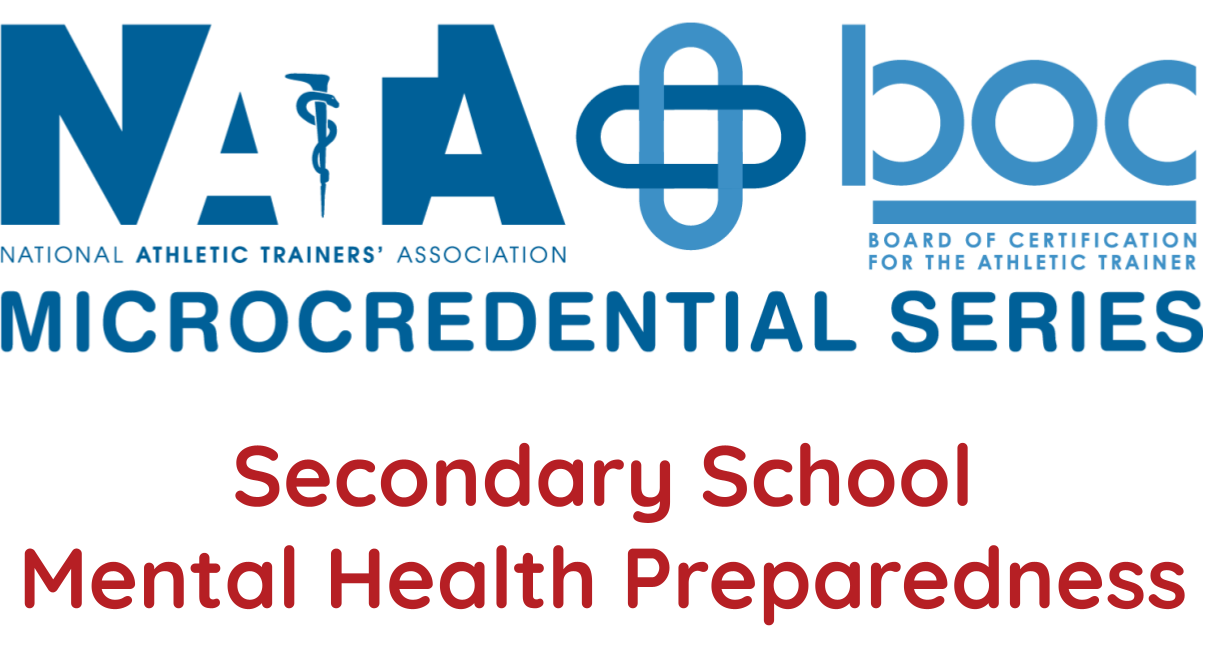
Aaron Sciascia, PhD, LAT, ATC, PES
Aaron is the Clinical Outcomes and Research Director at Lexington Clinic. He previously served as an associate professor for Eastern Kentucky University's CAATE-accredited Master’s in Athletic Training program and spent 13 years as the coordinator of the Shoulder Center of Kentucky. He received a Bachelor of Science in Athletic Training degree from the University of Delaware and a Master of Science in Kinesiology degree, graduate certificate in Clinical and Translational Science, and Doctor of Philosophy in Rehabilitation Science, all from the University of Kentucky. He has been previously honored as Clinical Athletic Trainer of the Year and with the Award of Merit from the Kentucky Athletic Trainers’ Society and the Founders' Award from the American Society of Shoulder and Elbow Therapists (ASSET). Aaron has previously served ASSET as President and holds the distinction of Fellow within the Society. He is also an Affiliate Member of the American Shoulder and Elbow Surgeons and a Distinguished Fellow of the Athletic Training Academy within the National Academies of Practice. Aaron has produced multiple peer-reviewed articles and book chapters related to function, evaluation, and treatment of the shoulder and scapula, and he speaks at various venues annually. He has co-edited 2 textbooks and serves as an associate editor for the International Journal of Athletic Therapy and Training.

